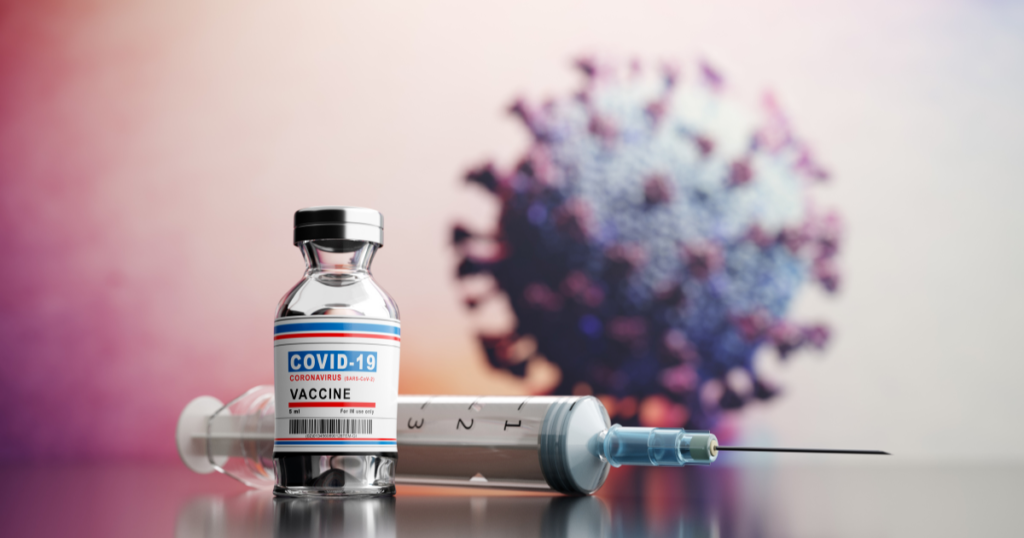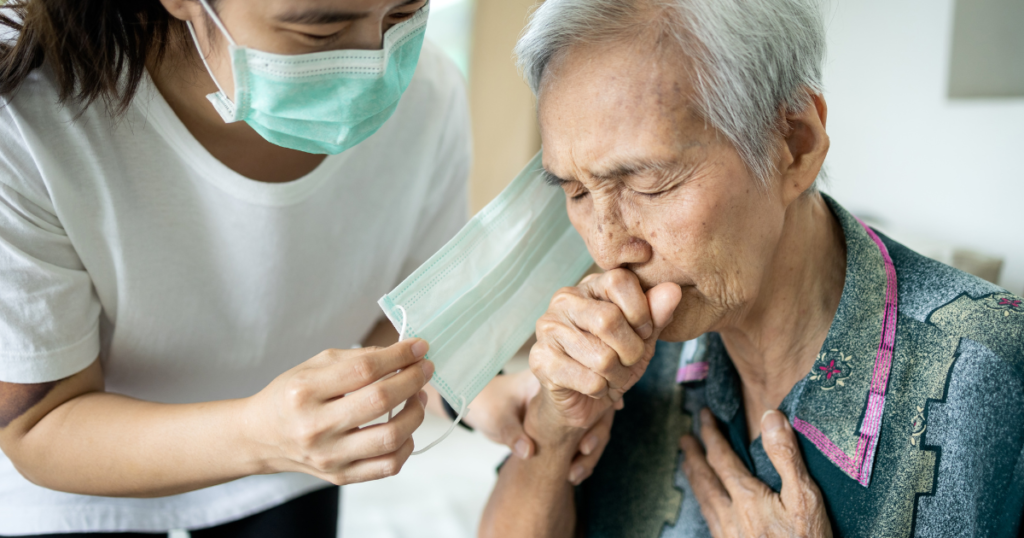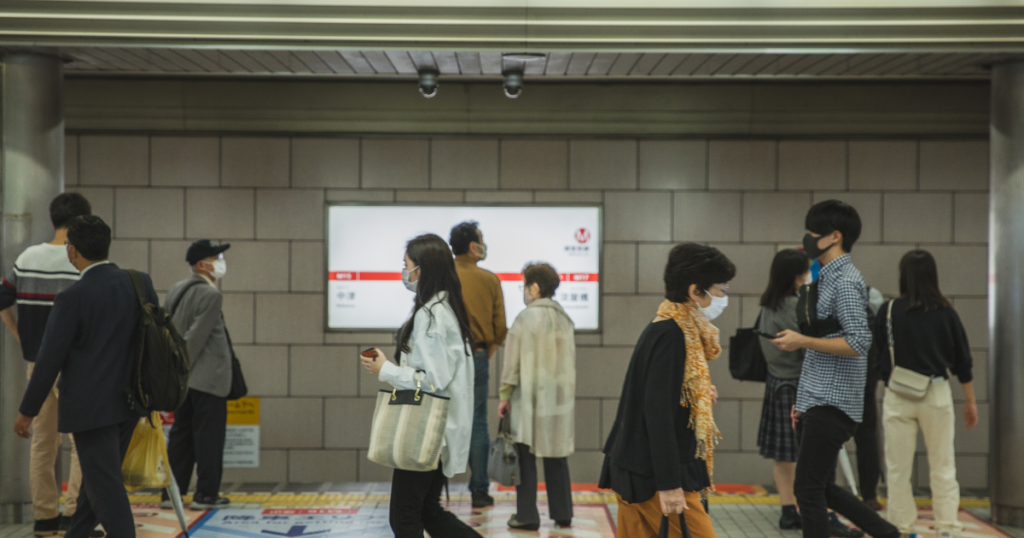In the ongoing fight against COVID-19, a new player has shown up, capturing attention and sparking concerns among scientists and health officials alike. HV.1, a new variant of Covid, has emerged, introducing an additional layer of complexity to our ongoing efforts to grasp and address the virus.
In this blog post, we take a deep dive into the mysteries surrounding HV.1—uncovering its origins, characteristics, and potential implications for public health. As we navigate through the complex landscape of viral evolution, we’ll delve into the genetic composition of HV.1, examining how it differs from other variants, and considering the challenges it could pose to our current strategies in controlling the spread of COVID-19.
The Roots of HV.1

HV.1, which stands for “Human Variant 1,” is a type of the Omicron variant of SARS-CoV-2 virus, the one responsible for the COVID-19 pandemic. Like its early versions, HV.1 has undergone genetic changes, especially in the spike protein. This protein is vital as it allows the virus to enter human cells. These changes, observed through genetic monitoring, have raised concerns because they could affect the virus’s transmissibility and ability to evade immunity.
Genetic Composition of HV.1 a new covid variant
One of the most notable changes in HV.1 is the N501Y mutation, also found in other Omicron subvariants. This mutation makes the spike protein more attracted to the ACE2 receptor, the primary entry point for SARS-CoV-2 into cells.
Another important change in HV.1 is the P681H mutation, located in the furin cleavage side of the spike protein. This mutation improves the cleavage of the spike protein, making it easier for the virus to merge with cell membranes and enter cells.
Besides these two major mutations, HV.1 also has several other mutations in the spike protein that are thought to contribute to its heightened ability to spread. These mutations include:
- Y145D
- T679I
- N854A
- K417N
These mutations are believed to further enhance the binding of the spike protein to ACE2 and make it easier for the virus to enter cells. In general, the genetic composition of HV.1 is characterized by mutations that enhance its ability to spread and infect cells.
Transmission Patterns
One of the key concerns linked with HV.1 is its transmissibility. Earlier data suggest that this variant spreads more efficiently than its earlier versions, leading to a quick increase in the cases in areas where it has become dominant. Understanding the transmission patterns of HV.1 is vital for implementing effective public health measures and adapting strategies to control its spread.
Countries affected
HV.1 is the subvariant of the Omicron variant, which was first discovered in South Africa in November 2021. The new COVID variant, HV.1, has been detected in at least 90 countries. This variant has been detected in all continents except Antarctica.
The countries most affected by HV.1 include the United States, the United Kingdom, France, Germany, and Italy. These countries have seen a notable increase in cases over the past few weeks.
Symptoms of HV.1

The symptoms of HV.1 are generally the same as those of other Omicron subvariants and may include:
- Fever or chills: an increase in body temperature exceeding 100.4°F (38°C) is a common symptom of HV.1.
- Cough: the cough linked to HV.1 may be dry, hacking, or productive with phlegm and is frequently one of the initial symptoms.
- Sore throat: an irritated, scratchy, or painful throat is another commonly observed symptom of HV.1.
- Runny or stuffy nose: congestion, sneezing, or runny or stuffy nose frequently occur together as symptoms of HV.1.
- Muscle aches: muscle aches, also known as myalgia, can be broad or targeted to specific muscle groups.
- Fatigue: feeling tired or having a lack of energy is a common symptom of HV.1 that may endure for several days or weeks.
- Headaches: headaches can range from mild to severe and might come with additional symptoms such as fever or fatigue.
- Loss of taste or smell: while less common than with previous variants, some people with HV.1 may encounter a partial or complete loss of taste or smell.
- Nausea, vomiting, or diarrhea: gastrointestinal symptoms are less frequent with HV.1 but can occur in some individuals.
It’s important to note that the intensity of symptoms can vary widely from person to person. Some individuals may undergo mild symptoms that resolve quickly, while others may encounter more severe ones requiring medical attention. Those with underlying health conditions or weakened immune systems may be at higher risk of developing severe complications from HV.1.
Vaccine Efficiency
A significant question on the minds of many is how HV.1 interacts with existing vaccines. Ongoing studies are working to determine the impact of this variant on vaccine efficiency. Initial results suggest that some vaccines may provide slightly reduced protection against HV.1, but they continue to be effective in preventing severe illness, hospitalization, and death. Authorities are recommending booster shots to enhance immunity, particularly in areas heavily affected by the variant.
Global Response and Coordination

The arrival of HV.1 highlights the need for a coordinated global response. Countries, researchers, and pharmaceutical companies must work together to share data, research results, and resources to effectively tackle the variant. This includes making sure vaccines are distributed fairly and addressing the needs of regions with limited access to healthcare resources.
Public Safety Measures
Adapting public safety measures is essential in dealing with new variants. Enhanced testing, contact tracing, and isolation protocols are crucial components of controlling the spread of HV.1. Clear and transparent communication from health authorities is equally crucial to keep the public informed and engaged in efforts to reduce the impact of the variant.
Precautions For HV.1

To reduce the risk of infection from HV.1, the new COVID variant, consider these essential precautions:
- Get vaccinated and keep up-to-date with booster doses.
- Wear a properly fitted mask in crowded indoor settings.
- Practice regular hand hygiene with soap and water or hand sanitizer.
- Keep a safe distance from people who are sick or showing symptoms of COVID-19.
- Limit time spent in crowded indoor environments.
- Stay home if sick and get tested promptly if symptoms arise.
- Ensure sufficient indoor ventilation.
- Cover cough and sneeze to curb the spread of respiratory droplets.
- Monitor your health closely and seek medical assistance if you develop any symptoms.
- Stay informed about local and national public health directives and follow them.
Closure
In the ongoing story of the COVID-19 pandemic, HV.1 represents a new chapter, presenting questions, challenges, and a renewed call for global cooperation. As scientists continue to study this variant and public health measures are adopted, it remains crucial for individuals to stay informed, follow guidelines, and play their part in the collective effort to limit the spread of HV.1.
By combining scientific innovation, public cooperation, and global solidarity, we can navigate through this new phase of the pandemic and progress toward a brighter, healthier future.


